Home>diy>Planning & Engineering>What Is The Job Of A Landscape Architect
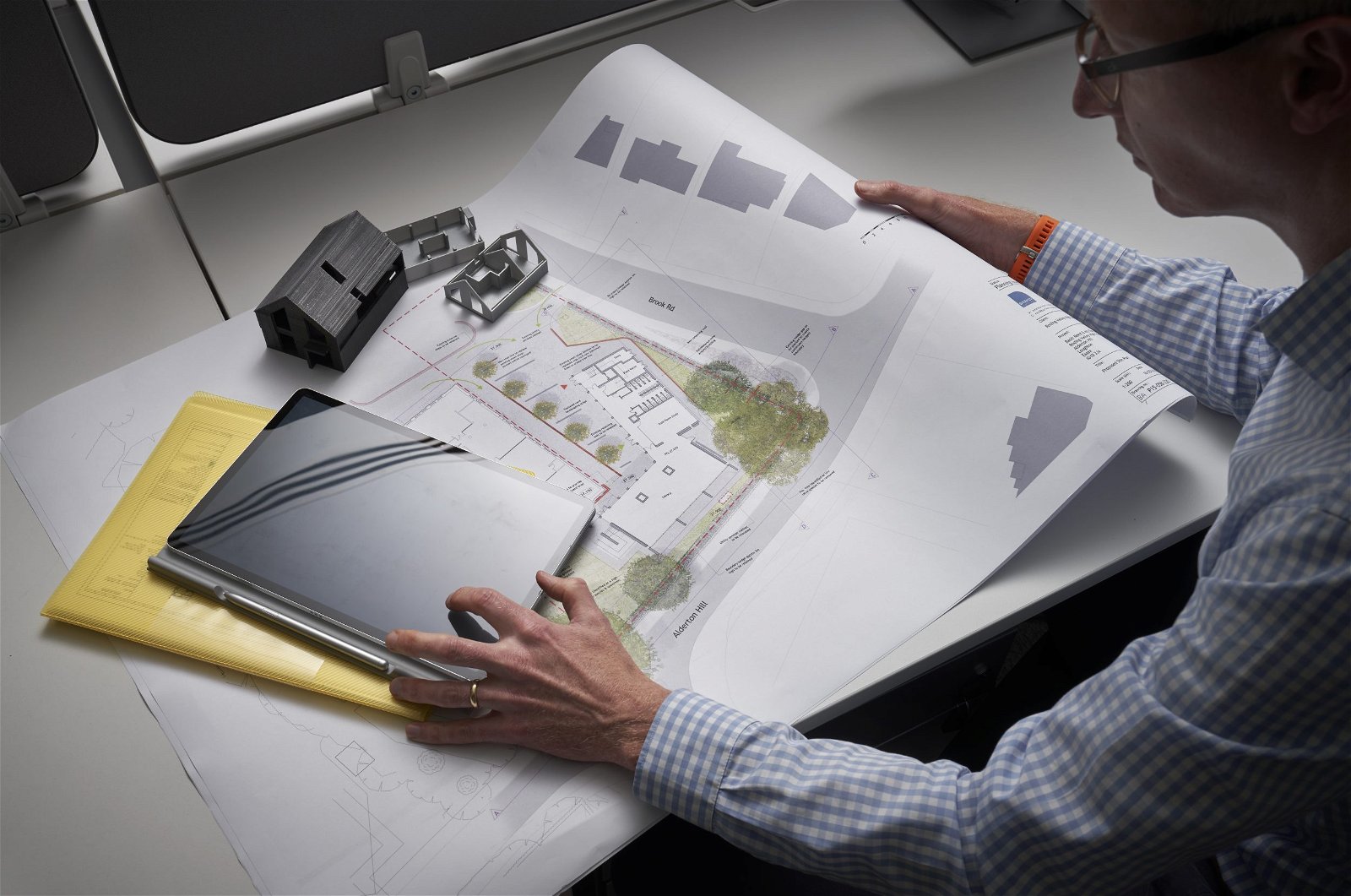

Planning & Engineering
What Is The Job Of A Landscape Architect
Modified: January 4, 2024
Discover the job of a landscape architect, from planning and engineering to designing outdoor spaces. Explore the role and responsibilities of these professionals.
(Many of the links in this article redirect to a specific reviewed product. Your purchase of these products through affiliate links helps to generate commission for Storables.com, at no extra cost. Learn more)
Introduction
Welcome to the world of landscape architecture, where creativity meets functionality and nature merges with design. Landscape architects are professionals who combine artistic vision, scientific knowledge, and technical skill to create outdoor spaces that are not only visually stunning but also sustainable, functional, and harmonious with the surrounding environment.
From urban parks and gardens to residential landscapes and commercial developments, landscape architects play a crucial role in shaping our built environment. They are responsible for transforming ordinary spaces into captivating and purposeful areas that enhance our quality of life.
In this article, we will delve into the fascinating world of landscape architecture, exploring what it entails, the education and training required, the responsibilities of landscape architects, and the exciting career opportunities that await those who are passionate about this field.
So, let’s jump right in and discover the job of a landscape architect, where the beauty of nature meets the art of design.
Key Takeaways:
- Landscape architecture is a multidisciplinary profession that merges creativity, technical expertise, and environmental stewardship to create visually captivating, functional, and sustainable outdoor spaces that enhance the well-being of individuals and communities.
- Landscape architects play a pivotal role in urban design, environmental restoration, residential design, and academic pursuits, offering diverse and promising career opportunities to make a meaningful impact on the built environment and contribute to a sustainable future.
Definition of Landscape Architecture
Landscape architecture is a multidisciplinary profession that involves the planning, design, and management of outdoor spaces. It encompasses a wide range of projects, including parks, gardens, campuses, residential developments, commercial complexes, and urban revitalization initiatives.
At its core, landscape architecture is about understanding the relationship between people and their environment and creating spaces that are both aesthetically pleasing and functional. Landscape architects strive to strike a balance between human needs and the preservation and enhancement of natural systems.
They meticulously consider factors such as climate, topography, soil composition, ecological systems, and cultural and historical context to shape the layout, materials, and elements of a landscape. By integrating these elements, landscape architects design outdoor spaces that not only meet the functional requirements of the site but also enhance its beauty and ecological sustainability.
The field of landscape architecture draws inspiration from various disciplines, including architecture, urban planning, horticulture, ecology, engineering, and psychology. By integrating these diverse perspectives, landscape architects have the ability to create outdoor environments that promote well-being, connect communities, and contribute to a sustainable future.
Landscape architects possess a unique set of skills that allow them to bring their designs to life. They are not only adept at conceptualizing and visualizing ideas but are also proficient in utilizing various design tools and technologies. They are familiar with drafting techniques, computer-aided design (CAD) software, and even virtual reality tools, allowing them to present their ideas in a clear and compelling manner.
Overall, landscape architecture is a profession that encompasses both the technical and creative aspects of design, where professionals merge their expertise to create outdoor spaces that enrich our lives and preserve the natural beauty of our surroundings.
Education and Training Required
Obtaining a degree in landscape architecture is the first step towards pursuing a career in this field. Most landscape architects hold a bachelor’s or master’s degree in landscape architecture from an accredited program. These programs cover a wide range of subjects, including design principles, site planning, plant materials, construction techniques, and environmental sustainability.
Many universities and colleges offer landscape architecture programs that are accredited by the Landscape Architectural Accreditation Board (LAAB) or other recognized organizations. It is essential to choose a program that meets the accreditation standards to ensure quality education and eligibility for licensure.
During their education, aspiring landscape architects gain hands-on experience through studio courses, where they work on design projects under the guidance of experienced professionals. These projects help develop critical thinking skills, creativity, and an understanding of the practical aspects of landscape architecture.
In addition to formal education, internships and practical experience through summer work or cooperative education programs are highly valuable in preparing students for their future careers. These opportunities allow students to work with practicing landscape architects and gain practical knowledge in the field.
Following the completion of their degree, aspiring landscape architects must pursue licensure to practice professionally. Licensure requirements vary by country and state, but generally involve passing the Landscape Architect Registration Examination (LARE). This exam tests the candidate’s knowledge of various aspects of landscape architecture, including design principles, site analysis, construction methods, and professional practice.
Continuing education and professional development are also integral to the landscape architecture profession. Landscape architects participate in workshops, conferences, and seminars to stay updated with the latest trends, techniques, and research within the field. This ongoing education ensures that professionals have the knowledge and skills to address the evolving challenges and advancements in landscape architecture.
By completing the necessary education and obtaining licensure, landscape architects can enter the profession equipped with the knowledge, skills, and credentials needed to shape the outdoor spaces of our world.
Responsibilities of a Landscape Architect
Landscape architects play a pivotal role in creating outdoor spaces that are not only visually appealing but also functional, sustainable, and harmonious with their surroundings. Their responsibilities encompass a wide range of tasks, from initial conceptualization and design to project management and implementation. Let’s explore some of the key responsibilities of a landscape architect:
- Site Analysis: Before starting any design project, landscape architects conduct a thorough analysis of the site. This includes studying the topography, soil conditions, drainage patterns, existing vegetation, and any environmental or cultural constraints. This analysis helps inform the design process and ensures that the final design is suitable for the specific site.
- Conceptualization and Design: Landscape architects are skilled at translating clients’ needs and desires into tangible design concepts. They create detailed plans and drawings that include the layout of different elements such as pathways, plantings, water features, and hardscape elements. They consider factors such as aesthetics, functionality, sustainability, and user experience to develop design solutions that enhance the site.
- Environmental Considerations: Landscape architects have a deep understanding of environmental systems and factors. They incorporate sustainable practices into their designs, considering water conservation, energy efficiency, and the use of native plant species to minimize the impact on the environment. They also address issues like stormwater management, soil erosion prevention, and ecological restoration to create landscapes that are ecologically sensitive and resilient.
- Client Collaboration: A landscape architect works closely with clients to understand their goals and requirements for the project. They listen to their preferences, budgetary constraints, and long-term plans to ensure that the final design meets their expectations. Landscape architects effectively communicate their design concepts and ideas to clients, incorporating feedback and making revisions as necessary.
- Coordination with Other Professionals: Landscape architects collaborate with various professionals throughout the design and construction process. They work closely with architects, engineers, contractors, and other specialists to ensure that all aspects of the project are integrated seamlessly. This collaboration requires effective communication, problem-solving, and teamwork to achieve a successful outcome.
- Project Management and Budgeting: Landscape architects are responsible for managing the budget and timeline of a project. They prepare cost estimates, monitor expenses, and ensure that the project stays within the allocated resources. They also oversee the construction process, ensuring that the design is implemented correctly and managing any issues or challenges that arise.
These are just a few examples of the many responsibilities that landscape architects undertake. Their role is dynamic and diverse, requiring a combination of technical knowledge, design skills, and effective communication. By embracing these responsibilities, landscape architects are able to create outdoor spaces that enhance the well-being of individuals and communities while preserving and protecting our natural environment.
Designing Outdoor Spaces
One of the primary responsibilities of a landscape architect is to design outdoor spaces that are aesthetically pleasing, functional, and responsive to the needs of both individuals and communities. Whether it’s a public park, a private garden, or a corporate campus, landscape architects utilize their creative vision and technical expertise to transform ordinary spaces into extraordinary environments. Let’s take a closer look at the process of designing outdoor spaces:
Site Analysis: The first step in designing an outdoor space is conducting a thorough site analysis. Landscape architects assess the site’s natural features, including its topography, soil composition, and climatic conditions. They also analyze the site’s context, taking into consideration the surrounding built environment, cultural heritage, and any specific site constraints. This analysis helps shape the design approach and ensures that the final design is in harmony with its surroundings.
Conceptualization and Vision: Based on the site analysis, landscape architects develop a concept and vision for the outdoor space. They consider the goals and requirements of the client, as well as the needs of the end-users. They explore various design options, experimenting with different layouts, materials, and elements to create a unique and engaging design concept.
Functional Space Planning: Landscape architects carefully plan the layout and arrangement of different elements within the outdoor space. They consider how people will move through the space and how it can best serve its intended purposes. This includes the placement of pathways, seating areas, recreational amenities, and functional zones. They also consider accessibility, ensuring that the space is inclusive and accommodating to all individuals.
Planting Design: An integral part of landscape architecture is the selection and arrangement of plants and vegetation. Landscape architects consider the ecological and aesthetic aspects when choosing plants. They take into account factors such as sunlight exposure, soil conditions, water requirements, and seasonal changes to create a balanced and visually appealing planting design. They also incorporate native plants and sustainable practices to promote biodiversity and environmental sustainability.
Hardscape Elements and Materials: Landscape architects incorporate hardscape elements such as pathways, walls, pergolas, and structures into the design. They carefully choose materials that align with the overall design aesthetic and functional requirements. This may include selecting durable and environmentally friendly materials that can withstand the elements and require minimal maintenance over time.
Integration of Water Features: Water features such as ponds, fountains, and waterfalls can add a sense of tranquility and beauty to outdoor spaces. Landscape architects integrate water features into the design, considering their location, size, and function. They ensure that the water features are appropriately sized, have proper circulation and filtration systems, and are designed in a way that harmonizes with the overall design concept.
Lighting Design: Landscape architects employ lighting techniques to enhance the nighttime experience of outdoor spaces. They strategically place lighting fixtures to create a visually stunning atmosphere, highlight key features, and promote safety and security. Landscape architects carefully consider the effects of lighting on the surrounding environment and aim to achieve a balance between functional illumination and energy efficiency.
Throughout the design process, landscape architects collaborate with clients, consultants, and other professionals to ensure that the design meets the desired goals and expectations. They present their design concepts through drawings, renderings, and visualizations to help stakeholders understand the vision and make informed decisions.
By thoughtfully designing outdoor spaces, landscape architects have the power to enrich our lives, connect us with nature, and create memorable experiences for generations to come.
A landscape architect is responsible for designing outdoor spaces that are both functional and aesthetically pleasing. They consider factors such as environmental sustainability, accessibility, and the needs of the people who will use the space.
Read more: What Is A Landscape Architect
Environmental Considerations
As stewards of the environment, landscape architects have a crucial role in integrating sustainable practices and environmental considerations into their designs. They strive to create outdoor spaces that not only enhance human well-being but also protect and preserve our natural resources. Let’s explore some of the key environmental considerations landscape architects take into account:
Water Conservation: Landscape architects understand the importance of water conservation in outdoor spaces. They design landscapes that minimize water consumption by utilizing efficient irrigation systems, incorporating drought-tolerant plants, and implementing rainwater harvesting techniques. By promoting water-conserving practices, landscape architects help conserve this valuable natural resource and reduce the strain on water sources.
Stormwater Management: Landscape architects play a significant role in managing stormwater runoff. They incorporate features such as permeable pavements, rain gardens, bioswales, and retention ponds to capture and treat stormwater on-site. These green infrastructure solutions help reduce the burden on traditional stormwater systems, preventing flooding and improving water quality by filtering pollutants.
Ecological Restoration: Landscape architects are committed to restoring and enhancing ecological systems within their designs. They carefully select and incorporate native plant species, creating habitats that support local biodiversity and promote ecological resilience. By restoring natural ecosystems and promoting biodiversity, landscape architects contribute to the overall health and sustainability of the environment.
Sustainable Materials and Practices: Landscape architects consider the environmental impact of the materials and practices used in their designs. They strive to select sustainable materials that are durable, low maintenance, and environmentally friendly. They also incorporate green building techniques, such as using recycled materials, minimizing energy consumption, and maximizing the use of renewable resources.
Urban Heat Island Mitigation: Landscape architects address the urban heat island effect by incorporating design strategies to mitigate excessive heat in urban areas. They incorporate shade trees, green roofs, and reflective surfaces to reduce surface temperatures and improve the microclimate. These design interventions help create more comfortable and energy-efficient outdoor environments.
Preservation of Natural Features: Landscape architects respect and preserve natural features within their designs. They work to retain existing trees, topography, and natural elements, integrating them into the design whenever possible. By preserving these elements, landscape architects maintain the unique character of the site and its surrounding environment.
Educational and Interpretive Elements: Landscape architects incorporate educational and interpretive elements into their designs to raise awareness about environmental issues. They create opportunities for visitors to learn and engage with the natural environment, promoting sustainability and fostering a sense of environmental stewardship.
By incorporating these environmental considerations into their designs, landscape architects contribute to the creation of outdoor spaces that not only benefit people but also protect and enhance the natural environment. Their commitment to sustainability helps create a more resilient and sustainable future for generations to come.
Collaboration with Clients and Other Professionals
Successful landscape architecture projects rely on effective collaboration and communication with clients and other professionals. Landscape architects work closely with their clients to understand their goals, preferences, and requirements for the outdoor space. They also collaborate with various specialists, including architects, engineers, contractors, and environmental consultants, to ensure that all aspects of the project are integrated seamlessly. Let’s explore the importance of collaboration in landscape architecture:
Understanding Client Needs: Landscape architects prioritize building a strong rapport with their clients to gain a deep understanding of their needs and aspirations for the outdoor space. They conduct meetings and consultations to gather information, identify the scope of the project, and clarify the client’s vision. By actively listening and asking the right questions, landscape architects can develop design concepts that align with the client’s goals and expectations.
Design Development: Landscape architects work together with clients to refine and develop the design concept. They present design options, materials choices, and plant selections that reflect the client’s preferences and align with the project’s objectives. This collaborative process allows clients to provide feedback, make adjustments, and actively participate in shaping the design.
Collaboration with Architects and Engineers: Landscape architects collaborate closely with architects and engineers to ensure that the outdoor space seamlessly integrates with the overall site plan and building design. They work together to address technical and spatial considerations, such as drainage, grading, utility placement, and structural elements. This collaborative effort ensures that the landscape design harmoniously interacts with the built environment.
Coordination of Construction: Landscape architects collaborate with contractors during the construction phase of the project. They provide guidance and clarification on the design intent, ensuring that the construction aligns with the approved plans and specifications. This collaboration involves regular site visits, meetings, and ongoing communication to address any challenges or modifications that may arise during construction.
Environmental Consultants: Depending on the project, landscape architects may collaborate with environmental consultants to address specific environmental considerations. These consultants provide expertise on ecological restoration, stormwater management, wetland preservation, and other ecological factors. By working together, landscape architects and environmental consultants can develop sustainable design solutions that enhance the natural environment and protect valuable ecosystems.
Community Engagement: Landscape architects often engage with the local community and stakeholders to gather input and ensure that the design meets the needs and aspirations of the people who will be using the outdoor space. They conduct public meetings, workshops, and charrettes to gather feedback, address concerns, and foster a sense of community ownership and pride in the project.
Effective Communication: Collaboration requires effective communication skills. Landscape architects must be adept at clearly communicating design concepts, presenting ideas visually, and translating technical information to clients and other professionals. By facilitating open and transparent communication, landscape architects ensure that everyone involved in the project is well-informed and working together towards a common vision.
Ultimately, successful collaboration with clients and other professionals is essential in landscape architecture. By fostering strong working relationships and open lines of communication, landscape architects can create outdoor spaces that not only meet the client’s aspirations but also exceed expectations by integrating expertise from various disciplines.
Project Management and Budgeting
Project management and budgeting are critical aspects of the landscape architecture profession. Landscape architects are responsible for overseeing the implementation of their designs, managing resources, and ensuring that projects are completed on time and within the allocated budget. Let’s explore the role of project management and budgeting in landscape architecture:
Project Planning: Before the implementation of a landscape architecture project, landscape architects develop a comprehensive project plan. They identify the project goals, establish the scope of work, and develop a timeline for each phase of the project. This planning phase involves coordinating with clients, consultants, and other professionals to ensure that everyone is on the same page and understands the project’s objectives.
Resource Allocation: Landscape architects are responsible for allocating resources efficiently. They assess the materials, equipment, and labor required for the project and ensure that they are procured and utilized effectively. By carefully managing resources, landscape architects can minimize waste, control costs, and maximize the project’s value.
Budget Development and Management: Landscape architects create and manage project budgets. They work with clients to establish a budget that aligns with the project’s scope and objectives. Throughout the project’s lifecycle, landscape architects monitor expenses, track costs, and make adjustments as necessary to ensure that the project stays within budget. They communicate budget updates to clients and provide cost analysis reports to keep all stakeholders informed.
Contractor Coordination: Landscape architects collaborate with contractors and subcontractors throughout the construction phase. They review bids and contracts, clarify design intent, and ensure that the construction aligns with the approved plans and specifications. Landscape architects oversee the construction process, making site visits, managing any necessary changes, and working closely with contractors to resolve any issues that may arise.
Risk Management: Landscape architects identify and manage potential risks associated with a project. They conduct thorough risk assessments, considering factors such as site conditions, environmental considerations, regulatory requirements, and potential construction challenges. By anticipating and mitigating risks, landscape architects minimize the likelihood of delays, additional costs, or design compromises.
Quality Control: Landscape architects ensure that the project meets high-quality standards. They conduct regular inspections, track progress, and ensure that the construction adheres to the approved design and specifications. By implementing quality control measures, landscape architects safeguard the integrity of the project and ensure that the end result aligns with the intended design vision.
Project Documentation: Throughout the project, landscape architects maintain detailed documentation, including correspondence, drawings, specifications, and contracts. This documentation serves as a record of the project’s progress and acts as a reference for future maintenance or modifications. Landscape architects also prepare as-built drawings and final reports to document the completed project.
Client Communication: Effective communication with clients is crucial throughout the project management process. Landscape architects provide regular updates, seek client input, and address any concerns or questions that arise. They strive to maintain open lines of communication to ensure that clients are well-informed and involved in the decision-making process.
By employing effective project management and budgeting techniques, landscape architects successfully navigate the complexities of implementing their designs. They achieve project goals, deliver high-quality results, and ensure that clients’ expectations are met while staying within the allocated resources.
Career Outlook and Job Opportunities
The field of landscape architecture offers a promising career outlook with various job opportunities available in both the public and private sectors. As the demand for sustainable and well-designed outdoor spaces continues to grow, landscape architects are in high demand. Let’s explore the career outlook and job opportunities within the field of landscape architecture:
Career Outlook: The career outlook for landscape architects is projected to be favorable in the coming years. As society places increasing value on the environment, health, and well-being, the need for professionals who can create sustainable, functional, and aesthetically pleasing outdoor spaces is on the rise. Additionally, the growing emphasis on urban sustainability, climate change mitigation, and resilient design further contributes to the demand for landscape architects.
Job Opportunities: Landscape architects can find employment in a variety of settings, including architectural firms, landscape architecture companies, engineering firms, government agencies, and urban planning departments. They may also establish their own private practices or work as consultants. Job opportunities exist for landscape architects at various levels, from entry-level positions to senior management roles.
Urban Design and Planning: Landscape architects play a crucial role in urban design and planning projects. They collaborate with architects, planners, and policymakers to create sustainable and attractive urban environments. They contribute to the development of residential complexes, commercial developments, mixed-use projects, and public spaces, ensuring that they are well-designed, functional, and environmentally sensitive.
Environmental and Ecological Design: With a growing focus on environmental conservation and ecological restoration, landscape architects have increasing opportunities in projects that involve the preservation and enhancement of natural systems. They work on environmental restoration projects, park preservation initiatives, and sustainable land-use planning to promote ecological sustainability and biodiversity.
Public Parks and Recreation: Landscape architects also find fulfilling careers in the design and management of public parks and recreation areas. They create outdoor spaces that provide recreational opportunities, promote health and well-being, and connect communities with nature. They design playgrounds, sports fields, hiking trails, and picnic areas, considering accessibility, safety, and user experience.
Residential Design: Landscape architects are often involved in residential design, working with homeowners to create functional and visually appealing outdoor living spaces. They design gardens, patios, and outdoor entertainment areas that enhance the aesthetic appeal of residential properties while considering the client’s needs and preferences.
Academic and Research Opportunities: Landscape architects have the opportunity to work in academia and research, teaching and studying the principles of landscape architecture. They can pursue careers as professors, lecturers, or researchers, contributing to the advancement of the field through scholarly work and projects.
International Opportunities: Landscape architects also have the opportunity to work on international projects, particularly in countries experiencing rapid urbanization or environmental challenges. They contribute their expertise to projects that involve urban planning, ecological restoration, and sustainable development, making a global impact through their work.
Overall, the career outlook for landscape architects is promising, with diverse job opportunities available across various industries. The field of landscape architecture offers professionals the chance to make a positive impact on the environment, create beautiful outdoor spaces, and enhance the quality of life for individuals and communities.
Conclusion
Landscape architecture is a dynamic and fulfilling profession that merges creativity, technical expertise, and environmental stewardship. Landscape architects have the unique opportunity to shape our outdoor spaces, creating environments that are visually captivating, functional, and sustainable. Their work goes beyond aesthetics, as they consider the well-being of individuals, the health of ecosystems, and the connectivity of communities.
Throughout this article, we have explored the diverse aspects of landscape architecture, from the educational requirements and responsibilities of landscape architects to the design process, environmental considerations, and project management. We have discovered that landscape architects possess a wide range of skills, including design flair, knowledge of plant materials, technical expertise, and effective communication abilities.
Furthermore, we have seen the exciting job opportunities that exist within the field of landscape architecture. From urban design and planning to environmental restoration, residential design to academic pursuits, landscape architects have the chance to make a meaningful impact on our built environment and contribute to a sustainable future.
As our world continues to face environmental challenges and an increasing need for well-designed outdoor spaces, the demand for landscape architects is expected to grow. Their ability to integrate creativity, sustainability, and functionality into their designs positions them as key professionals in shaping our cities, parks, campuses, and residential areas.
If you have a passion for design, an appreciation for nature, and a commitment to creating spaces that enhance the human experience while preserving the environment, a career in landscape architecture may be the perfect fit for you. With the right education, training, and dedication, you can embark on a rewarding journey in the world of landscape architecture.
So, let your imagination roam, your creativity flourish, and your love for the environment thrive as you embark on a career that combines artistry, technical expertise, and environmental sustainability. Become a landscape architect and leave your mark on the world, one beautifully designed outdoor space at a time.
Frequently Asked Questions about What Is The Job Of A Landscape Architect
Was this page helpful?
At Storables.com, we guarantee accurate and reliable information. Our content, validated by Expert Board Contributors, is crafted following stringent Editorial Policies. We're committed to providing you with well-researched, expert-backed insights for all your informational needs.
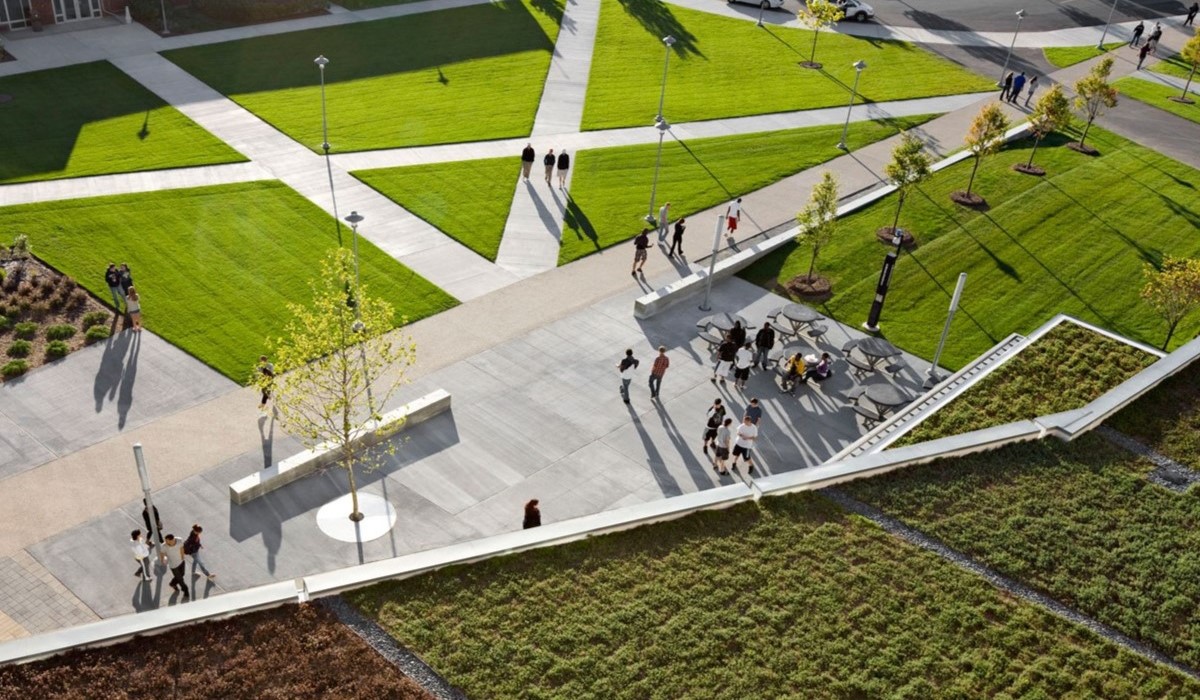
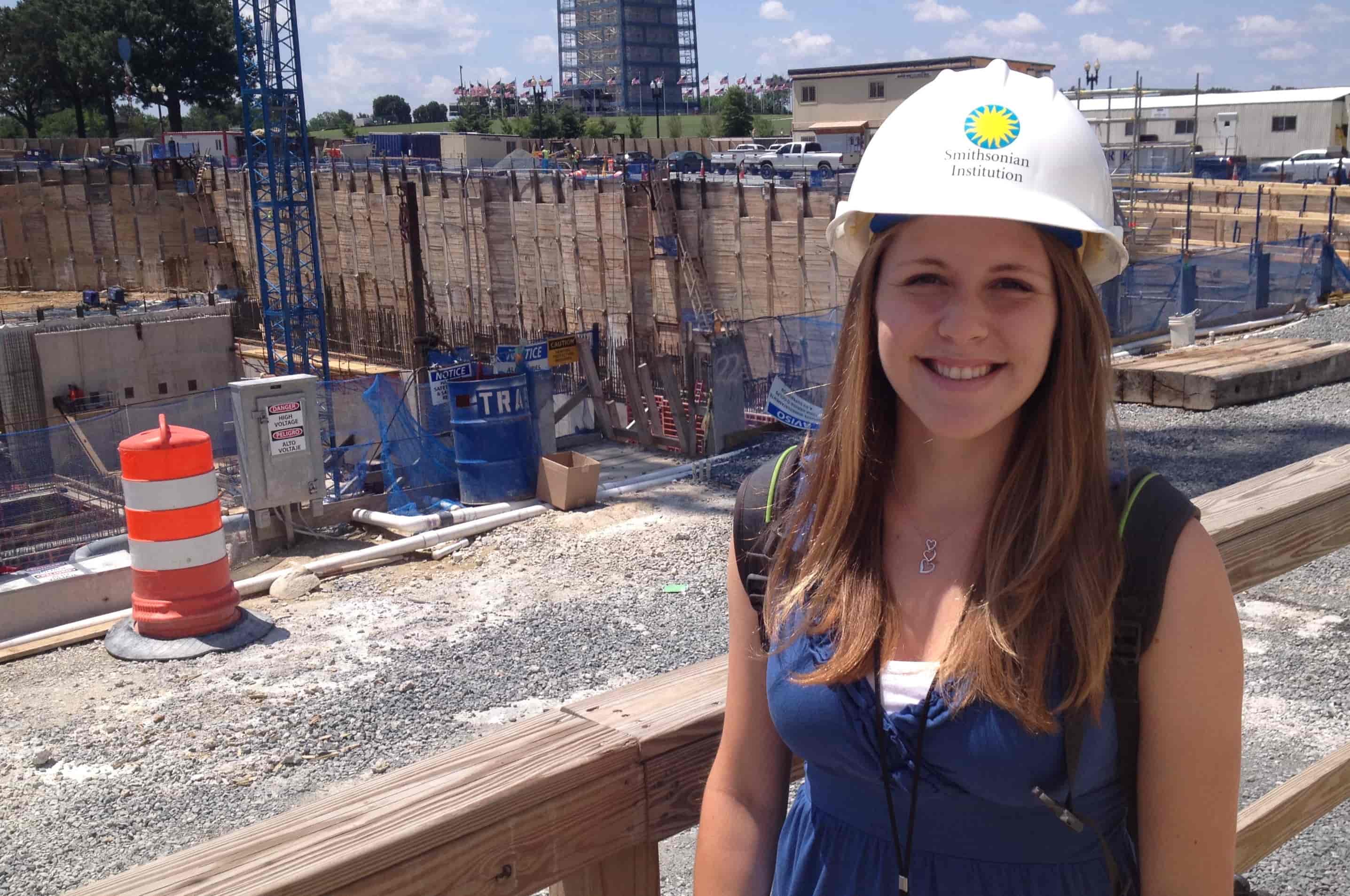
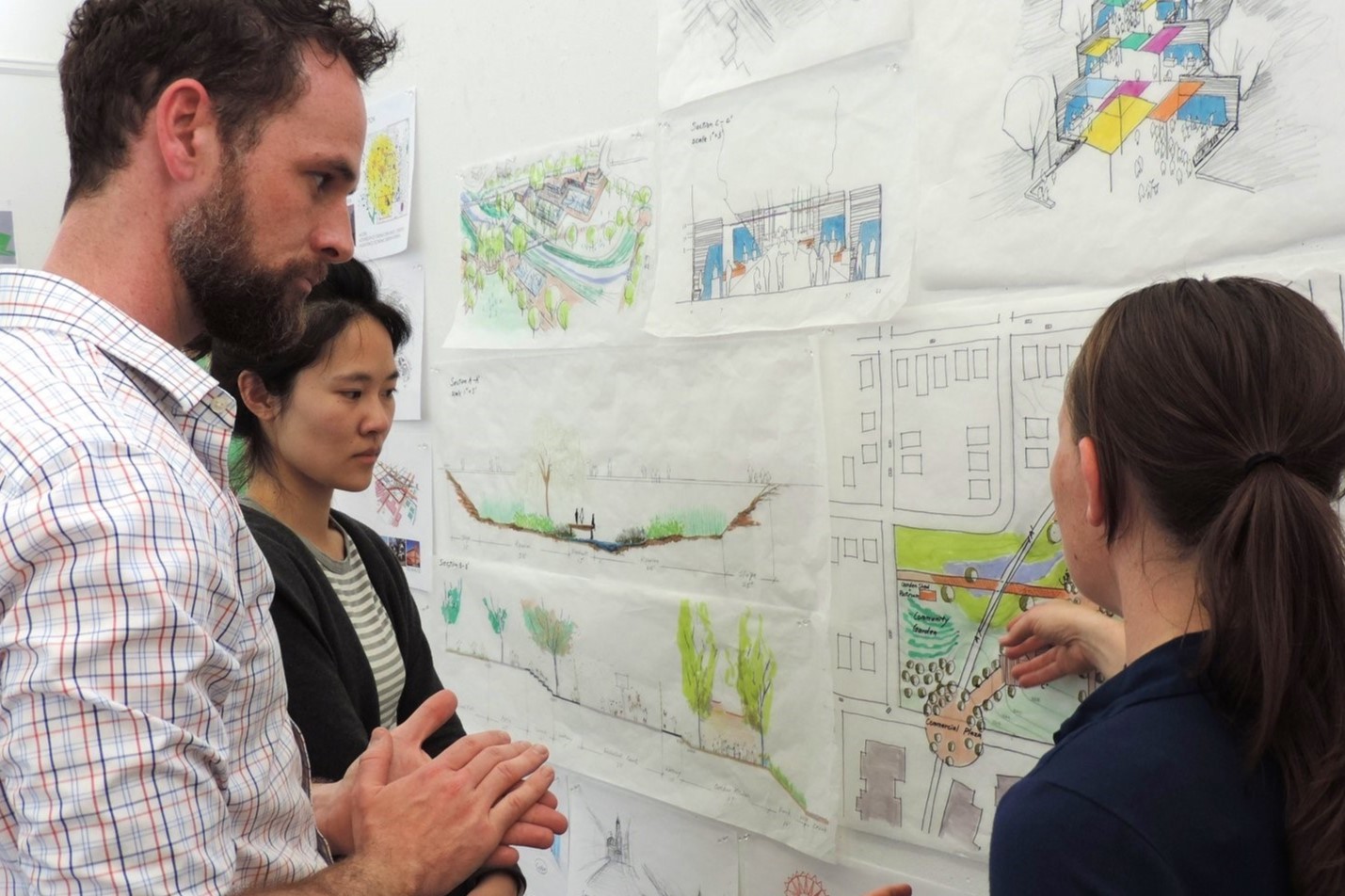
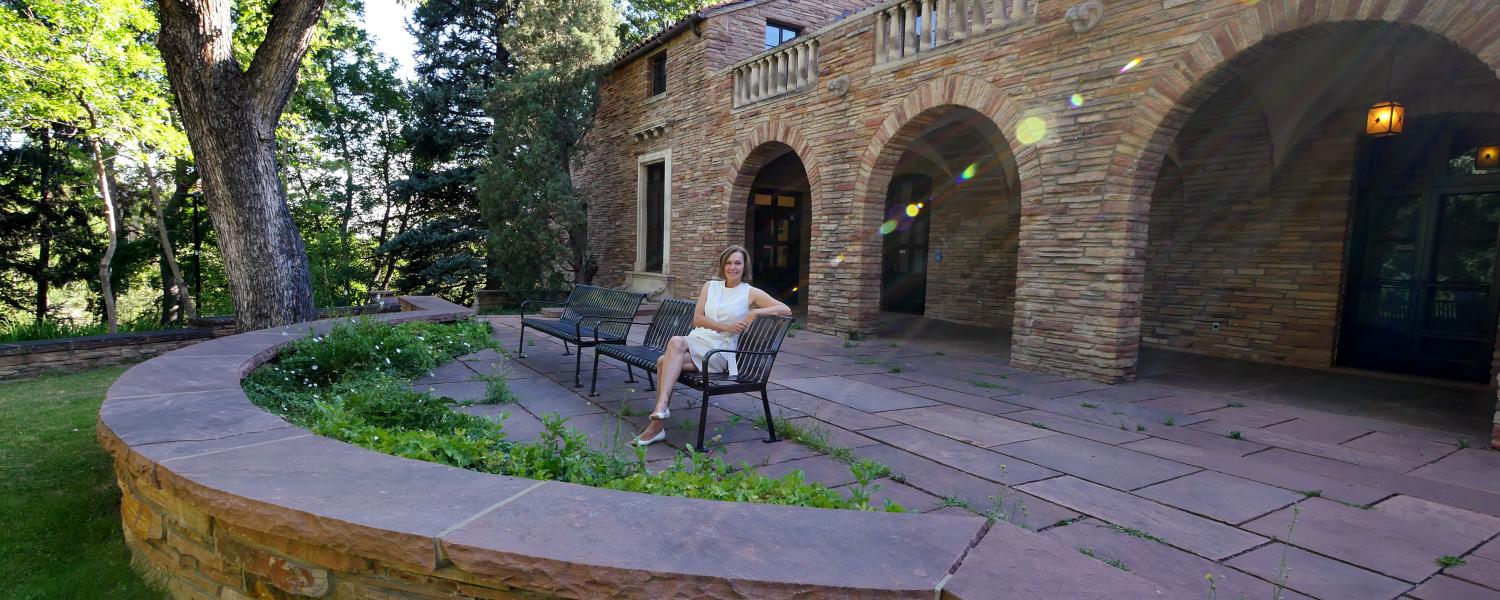
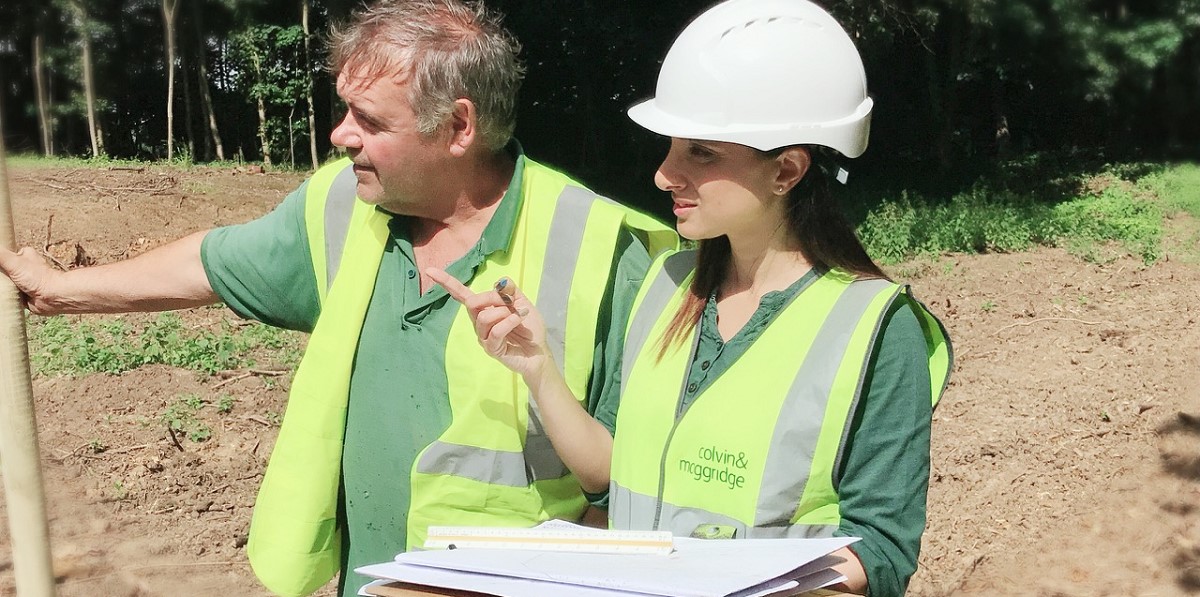



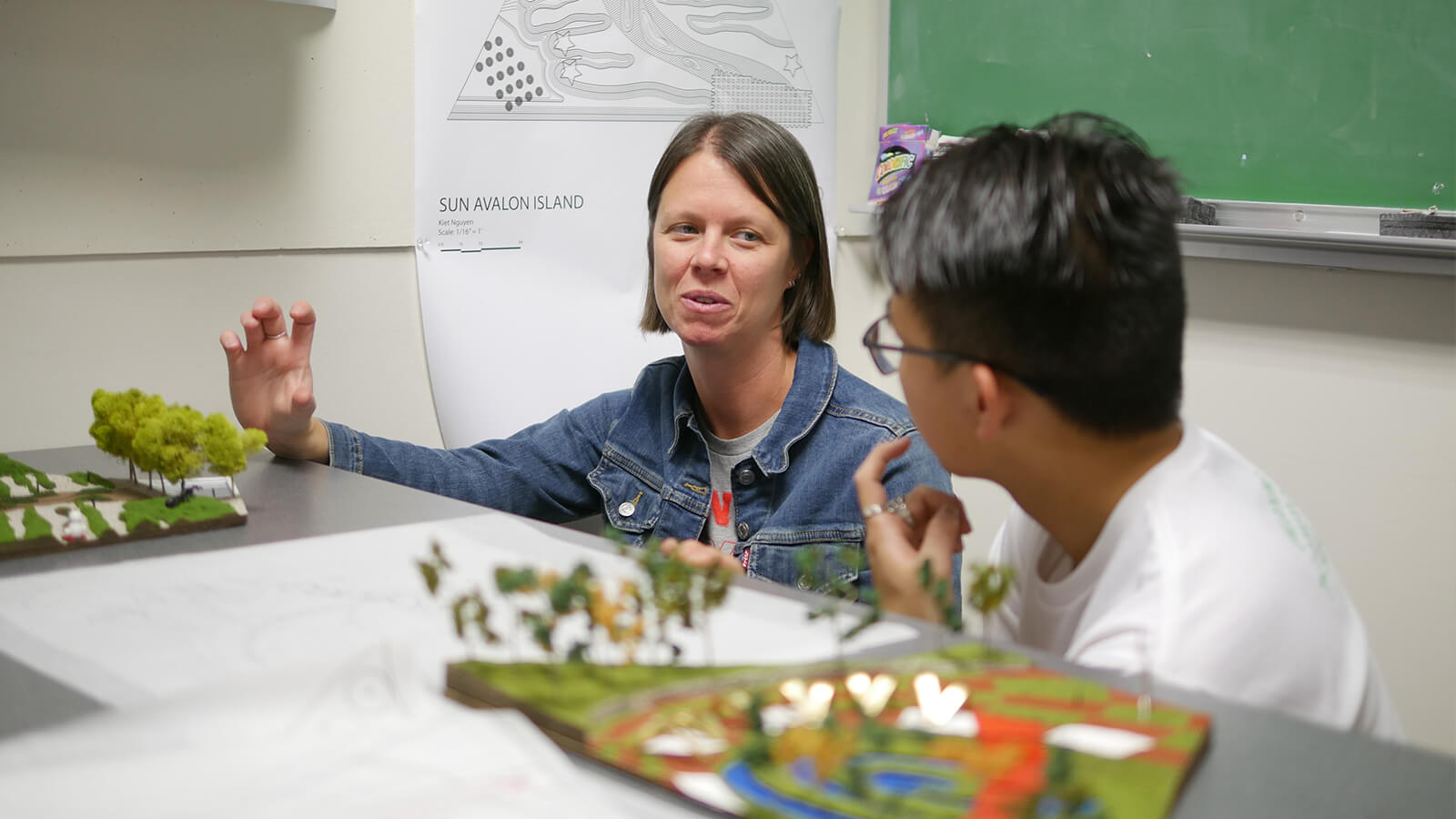
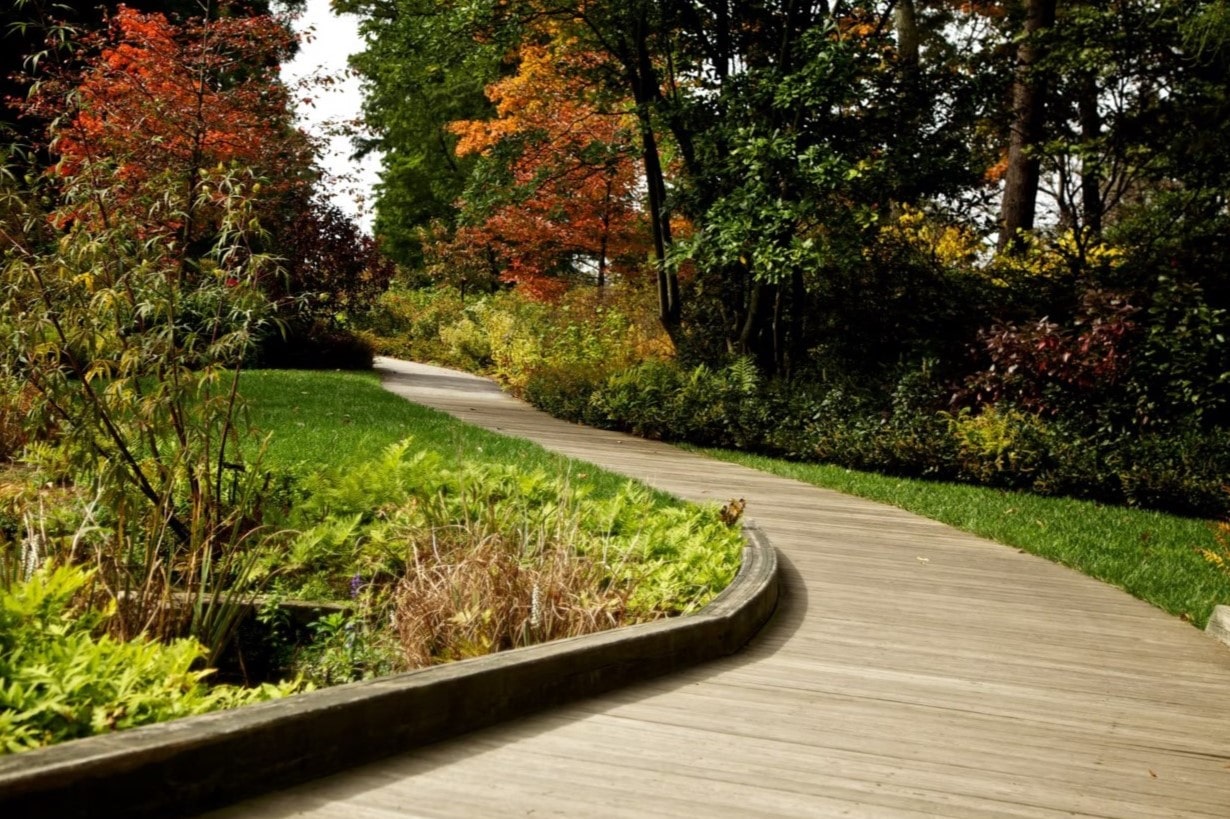
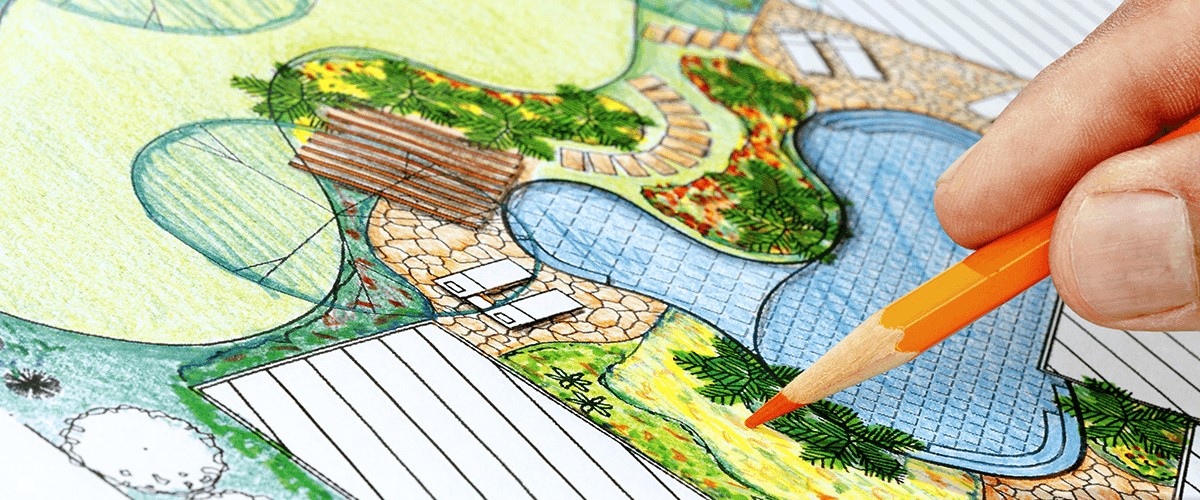
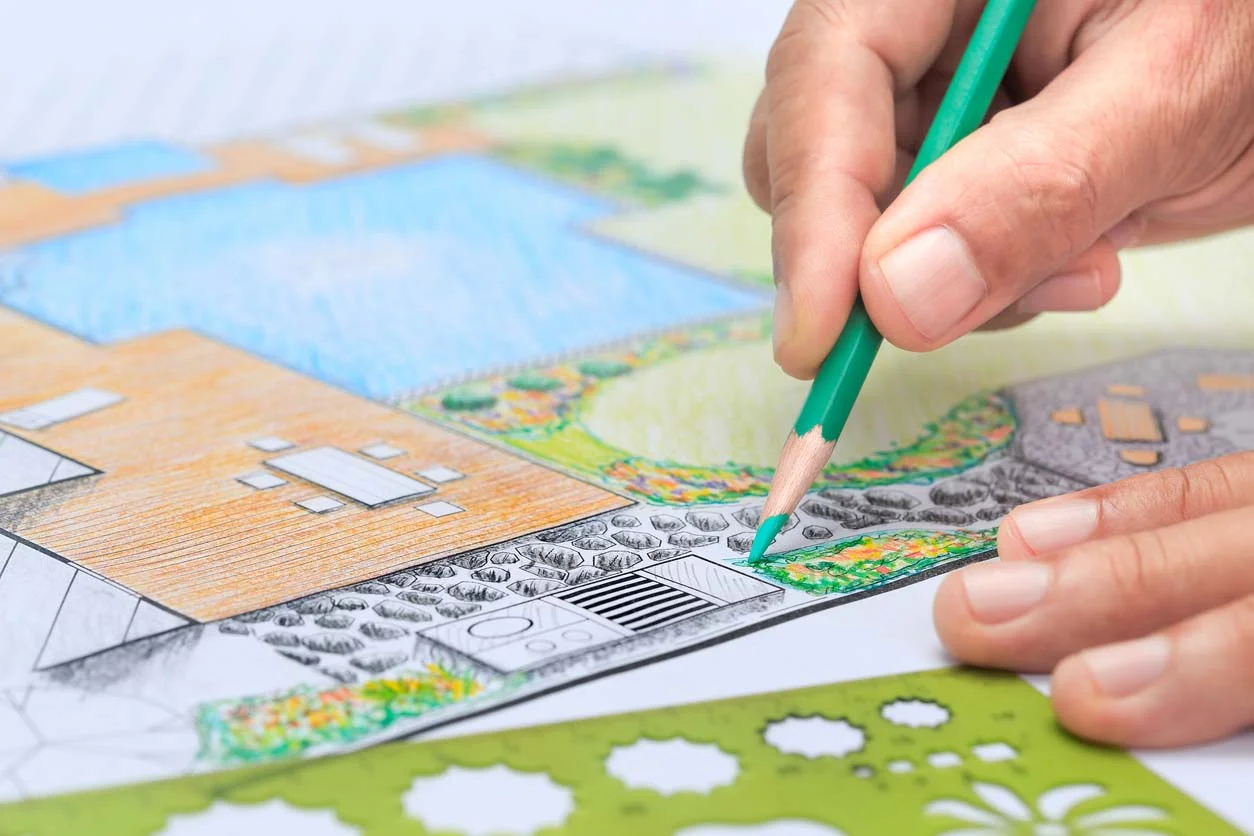


0 thoughts on “What Is The Job Of A Landscape Architect”